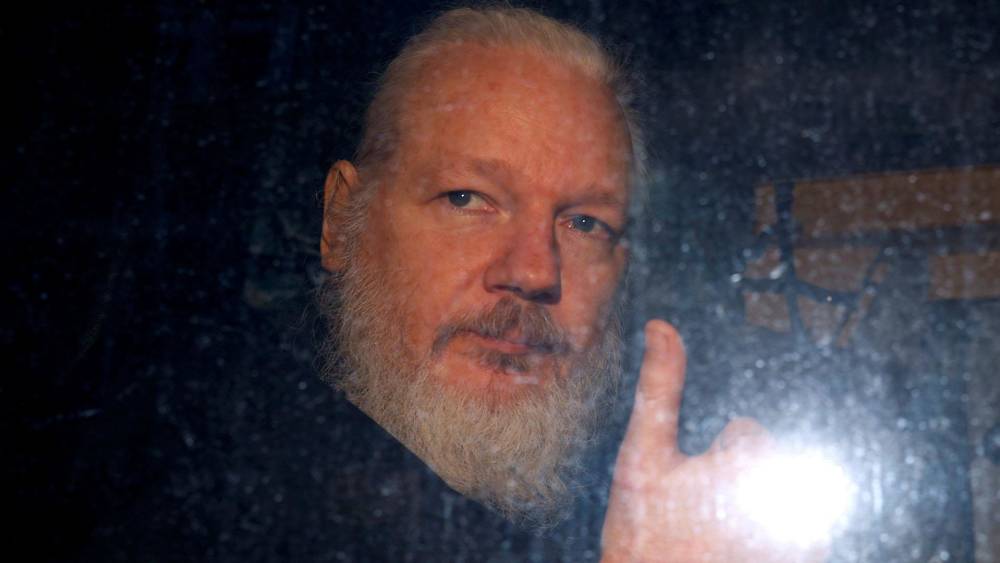 Crown of Thorns
Crown of Thorns
Dear Commons Community,
There are many heroic stories coming out of Paris of people especially firefighers who risked their lives during the blaze that engulfed Notre Dame on Monday. Rev. Jean-Marc Fournier is credited with running into the cathedral to help save religious relics among which was the Crown of Thorns believed to be worn by Jesus Christ during his crucifixion. The Crown of Thorns was brought to Paris by French King Louis IX in 1238. The Catholic Church believes it is a relic of the wreath of thorns placed on the head of Jesus Christ.
Rev. Jean-Marc Fournier, the chaplain to the Paris Fire Brigade who previously served as a military chaplain in Afghanistan, entered the cathedral with firefighters and helped form a human chain to remove some of the artifacts, the Washington Post reported.
A local journalist shared Fournier’s efforts by posting a photo of the chaplain and a story of his heroism on Twitter, detailing how he helped save the Crown of Thorns.
“Father Fournier is an absolute hero,” a first responder told Irish radio station NewsTalk Tuesday.
“He showed no fear at all as he made straight for the relics inside the cathedral and made sure they were saved. He deals with life and death every day and shows no fear.”
Philippe Goujon, the mayor of Paris’ 15th Arrondissement, told reporters gathered outside Notre Dame Tuesday that Fournier insisted he be allowed into the smoldering building with firefighters.
Fournier was previously recognized for comforting victims and praying over the dead in the wake of the 2015 attacks that left 130 dead.
“I gave collective absolution, as the Catholic Church authorizes me,” he was quoted by Sky News quoted him at the time.
Paris’ Mayor Anne Hidalgo on Twitter recognized the volunteers who ran inside the cathedral to save the precious pieces and shared a video of some of the items being moved to the city hall for safekeeping.
As Christians around the world observe this the holiest week of the year especially Good Friday, the saving of the Crown of Thorns has deep religious meaning. Reverend Fournier and the firefighters who assisted him deserve the praise they are receiving.
Tony








